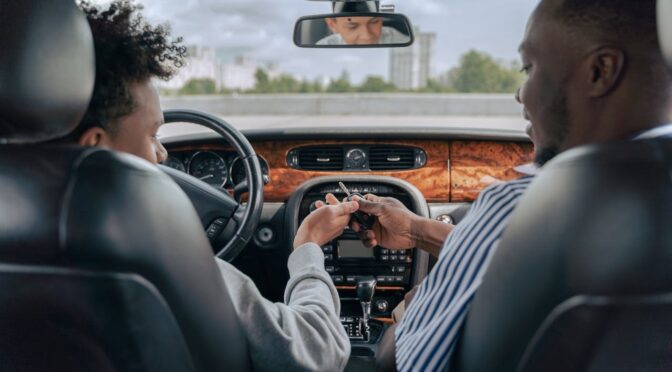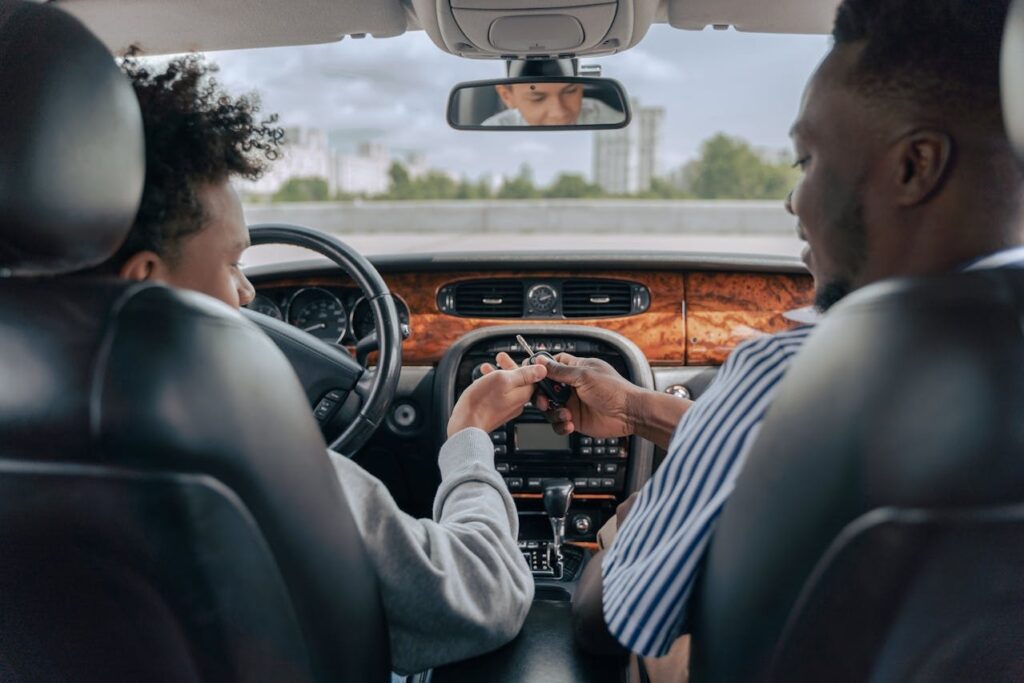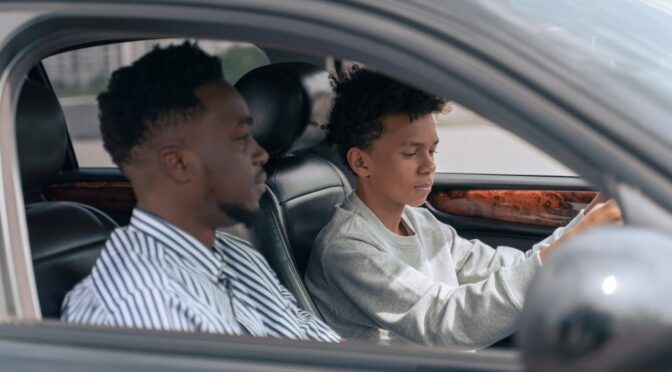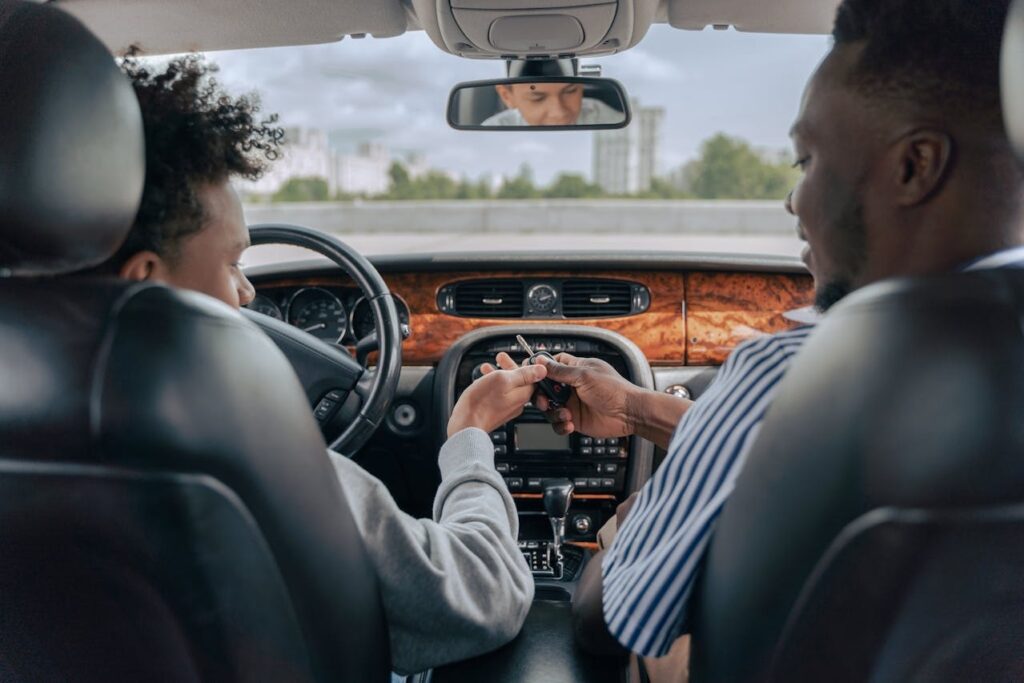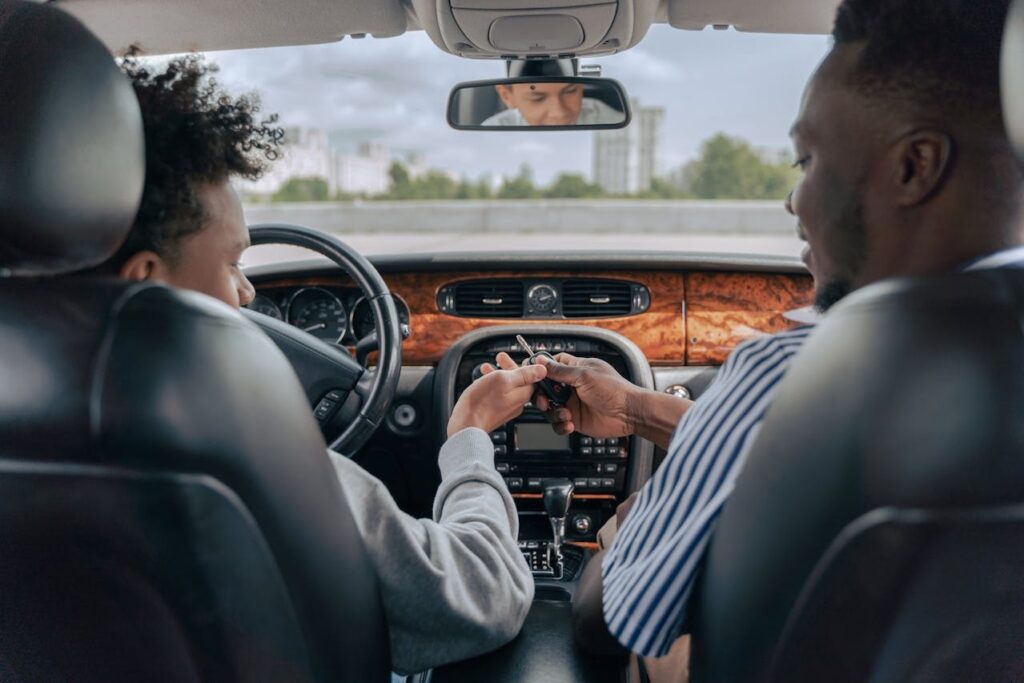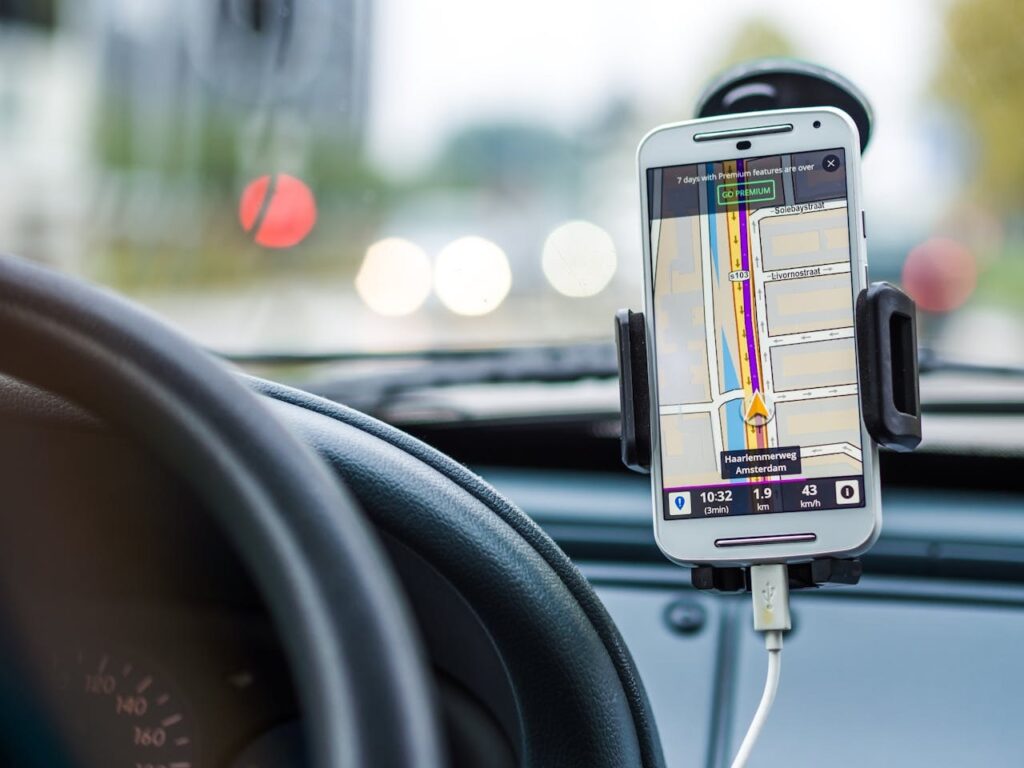Build Safe Driving Habits with a Comprehensive Driver Education Course
We believe in teaching safety before speed. Our driver education course is designed to equip students with essential knowledge, road skills, and safety awareness. We provide a mix of theoretical instruction and real-world practice. Learning with us means you’ll not only pass your test but also become a responsible driver. Our certified instructors guide you patiently through every scenario. The course includes lessons on road signs, speed control, emergency situations, and defensive driving. This training helps reduce the risk of accidents and builds confidence. Our goal is to help every student drive smart, not just legally.
Get Personalized Training at Our Driving School Scarborough
We proudly operate as a professional driving school Scarborough residents trust. Our team is made up of licensed, experienced instructors who are patient, friendly, and knowledgeable. We understand the unique challenges of driving in Scarborough’s urban and suburban areas. That’s why we offer tailored instruction that prepares you for real road conditions. Whether you’re a beginner or brushing up your skills, we’ve got a course for you. Our modern vehicles, flexible schedules, and supportive instructors make learning to drive smooth and stress-free. Scarborough deserves great drivers, and we’re here to train them one lesson at a time.
Learn The Rules That Matter Through Our Driver’s Education Program
A good driver’s education program goes beyond basic driving lessons. It’s about learning how to make smart, safe decisions every time you’re on the road. We help you understand road signs, traffic laws, emergency procedures, and defensive driving techniques. Our curriculum is regularly updated to align with Ontario’s driving regulations and safety standards. We also incorporate practical training, in-class modules, and online resources. With us, driver’s education becomes an engaging and empowering experience. We make sure you’re not just ready for the road test, you’re ready for every drive. Let’s prepare you for a lifetime of safe driving.
Find Your Confidence With A Driving School Near Me Service
Searching for a trusted driving school near me service in Scarborough? We are conveniently located and easy to reach. Our flexible schedules, weekend classes, and door-to-door pickup make learning stress-free. We provide one-on-one training, ensuring full attention and tailored support. Our nearby location allows you to save on travel time and get familiar with local test routes. Whether you’re a teenager, newcomer, or adult learner, our school adapts to your needs. We are known in the community for professionalism and positive results. We don’t rush the learning process, we guide each student until they’re completely confident behind the wheel.
How To Pass Driver’s Test? Follow These Proven Tips
Passing the driver’s test requires preparation, focus, and smart practice. Here’s how we help:
- Know the test format – Understand road signs, rules, and maneuvers.
- Practice daily – Repetition builds muscle memory and reduces anxiety.
- Master parallel parking – Practice this skill until it’s automatic.
- Stay calm under pressure – We teach breathing and focus techniques.
- Use real test routes – We train on actual test locations for familiarity.
- Follow instructions clearly – Listening well is crucial to passing.
- Check mirrors often – Demonstrates awareness and confidence.
- Stay within speed limits – Even slight over-speeding causes failure.
- Be courteous on the road – Safety and patience matter to examiners.
- Take a mock test – We simulate the real test before the actual exam.
These steps are built into our teaching approach at Ambitious Drivers to ensure your success.
Our Vehicles & Equipment Make Learning Easy
We equip our students with well-maintained, dual-controlled vehicles for maximum safety and confidence. During every driver education course, we ensure learners have access to modern training tools. Our vehicles are clean, up-to-date, and ideal for new drivers. We use real-time feedback, dash cams, and mock test simulations to improve your learning experience. These tools help you see where you can improve and build strong habits. When students train in vehicles they can trust, they focus more on learning and less on anxiety. We make the experience as smooth as possible so you can focus on becoming a great driver.
Flexible Schedules That Fit Your Life
We know life is busy. That’s why our driving school Scarborough program is designed with flexibility in mind. We offer classes during evenings and weekends, making it easier to fit lessons around school, work, or family time. Whether you’re looking for fast-tracked sessions or a gradual pace, we’ve got a solution. You can book online, reschedule with ease, and even take theory lessons remotely. Our driving packages include everything from beginner to advanced levels. We’re not just teaching you how to drive — we’re adapting to your life so you can reach your goals faster and stress-free.
Ambitious Drivers – Preparing You For The Road Ahead
From the first phone call to your last road test, we support you all the way. Our customer service is responsive, friendly, and organized. Whether you’re searching for a driving school near me, or a complete driver’s education solution, we’ve got you covered. Need help booking your G2 or G test? Let us guide you step-by-step toward earning your driver’s licence. Join a program where your success is our mission, and your confidence is our goal. Start your journey with Ambitious Drivers today.



